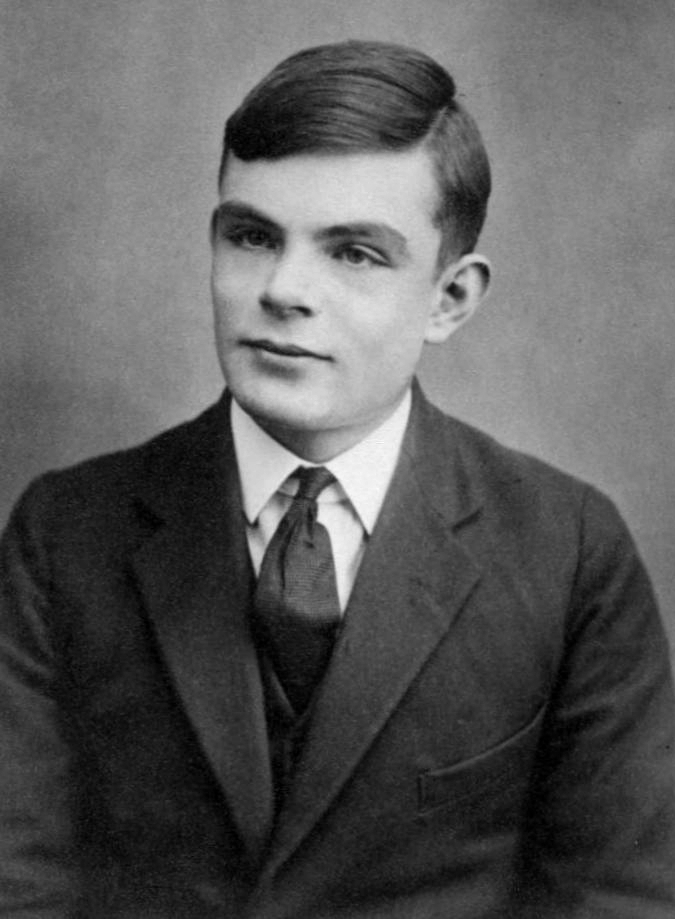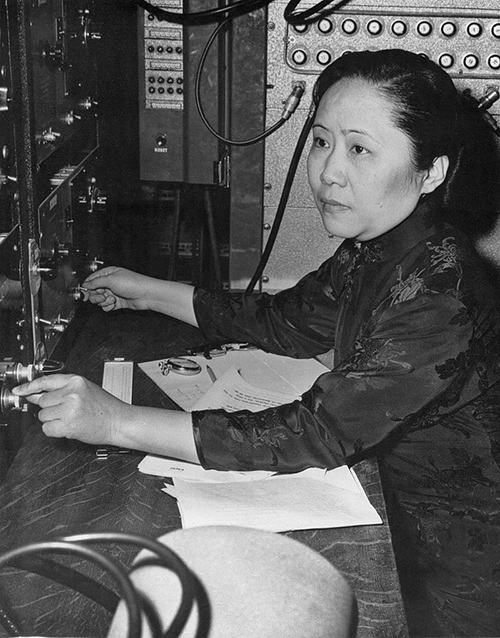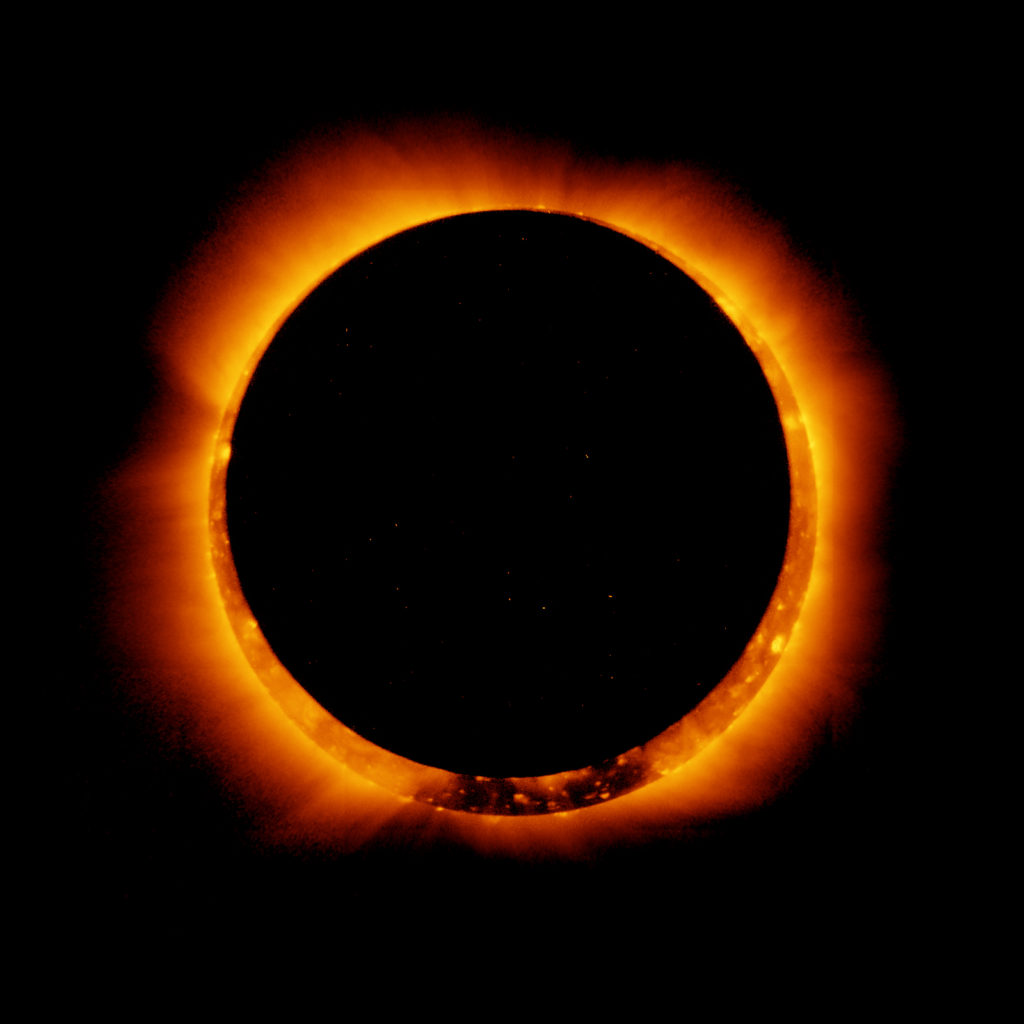
June is now here! That means warm weather, the summer solstice bringing the longest day of the year, and a month where businesses edit their logo to be rainbow colored! Here at American Scientific, we are looking back and honoring a member of the LGBQ community and his legacy and impact on both WWII, the gay community as a whole, and computer science.
Alan Turing was a computer scientist/logician/cryptographer that famously helped to decode the toughest cipher machine in World War 2. The so-called “Bombe” machine was a machine that was capable of decoding the messages of the German “Enigma” machine which was used to send coded messages during the war.
Despite Great Britain’s and Poland’s attempts at creating a machine that could decode these messages, they could only produce machines that could temporarily decode messages. As the Germans kept changing procedures on the Enigma machine, the old machines became outdated and useless. Turing was able to make a machine that could decode messages independently of the German’s internal procedures.
His work is estimated to have shortened the war in Europe by over 2 years and saved millions of lives by doing so. After the war, Alan Turing was honored with the title of the Officer of The Most Excellent Order of the British Empire for his contributions.
Turing’s homosexuality came to light to the British government and he was prosecuted in 1952 for homosexual acts. He was given the option of prison or chemical castration as a punishment for his homosexuality, despite all his awards and notoriety for his war contributions. Turing died at the age of 41 by suicide in 1954.
The United Kingdom later legalized homosexuality in 1967, but it wasn’t until 2013 that Queen Elizabeth posthumously pardoned Turing. He is now being honored in England by appearing on the £50 note, that is expected to come out this month (June 2021).
This month, we would like to honor Mr. Turing, not only for his contributions to WWII, but also for his contributions to Computer Science and Artificial Intelligence as a whole – Happy Pride Month 2021!
Kyle Bartels


